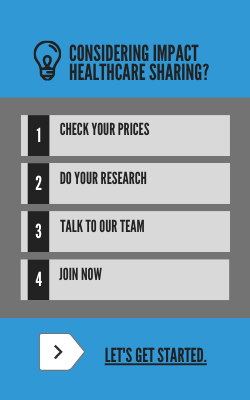National Cholesterol Education Month is September, and a great reason to learn ways to have good cholesterol.
What is Cholesterol?
Cholesterol is a waxy substance in your blood. Your body needs it to build cells. But too much cholesterol can become a problem.
Cholesterol levels are checked through a blood test called a “fasting lipoprotein profile.” This is typically a test that your doctor will do annually.
This test provides four measurements:
Total Cholesterol Triglycerides
Goal is to be less than 200 mg/dL* Goal is to have less than 150 mg/dL
Low Density Lipoprotein High Density Lipoprotein
(LDL, or “bad” cholesterol) (HDL, or “good” cholesterol)
Goal is to have a level lower than 100 mg/dL Goal is to have a level greater than 60 mg/dL
*Milligrams (mg) of cholesterol per deciliter (dL) of blood.
HDL (good) cholesterol
HDL cholesterol is called “good” cholesterol. A healthy HDL-cholesterol level may protect against heart attack and stroke. HDL carries LDL (bad) cholesterol away from the arteries and back to the liver, where the LDL is broken down and passed from the body.
Your doctor will check your HDL and other cholesterol levels and other factors to determine if you are at risk for heart attack or stroke. Women tend to have higher levels of HDL cholesterol than men do, but this can sometimes change after menopause.
LDL (bad) cholesterol
Since LDL is the bad kind of cholesterol, a low LDL level is considered good for your heart health. LDL cholesterol contributes to fatty buildups in arteries
LDL levels are one factor among many to consider when evaluating cardiovascular risk. Consult with your doctor if your LDL is high.
Triglycerides
Triglycerides are the most common type of fat in your body. They come from food, and your body also makes them.
Normal triglyceride levels vary by age and sex. People with high triglycerides often have a high total cholesterol level, including a high LDL (bad) cholesterol level and a low HDL (good) cholesterol level. Many people with metabolic syndrome or diabetes also have high triglyceride levels.
-1.webp?width=795&height=530&name=Blog%20Images%20-%20Impact%20(9)-1.webp)
What things can affect cholesterol levels?
- Being overweight
- Inactivity
- Being older (cholesterol levels naturally rise as we age)
- Relatives with high cholesterol
- Smoking
How can I lower my cholesterol?
1. Fewer saturated fats. Eat heart-healthy foods and cut back on foods heavy in fats, like whole milk, cheese, and fatty meat.
2. More healthy oils. Use canola or olive oil, which are much better for you than butter, shortening, and margarine.
3. More fiber. Eat whole-grain bread and cereals. Make it a goal to eat five servings of fruit and vegetables each day. Having a smoothie will make this more attainable.
4. Less meat. Avoid fatty cuts of red meat. Minimize meats like ground beef, chicken with skin, bologna, sausage, and hot dogs.
5. More exercise. Get that body moving. Always check with your health care provider first to find out what kind of exercise is best for you. Adding just thirty minutes of exercise a day can raise HDL and improve LCD and triglycerides. Get a buddy if that will help you stay on track.
6. Medication, if needed. Medication can help you control your cholesterol. Ask your health care provider if it’s time to take medication to help lower your numbers.
Want more ways to stay active? Read these fun ways to increase your family’s activity level.


-1.webp?width=795&height=530&name=Blog%20Images%20-%20Impact%20(1)-1.webp)
